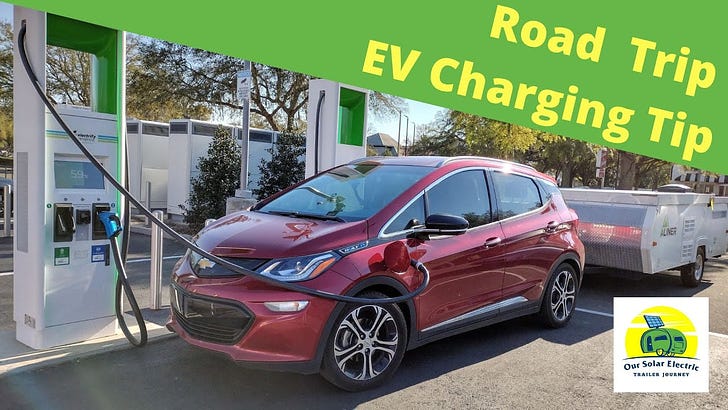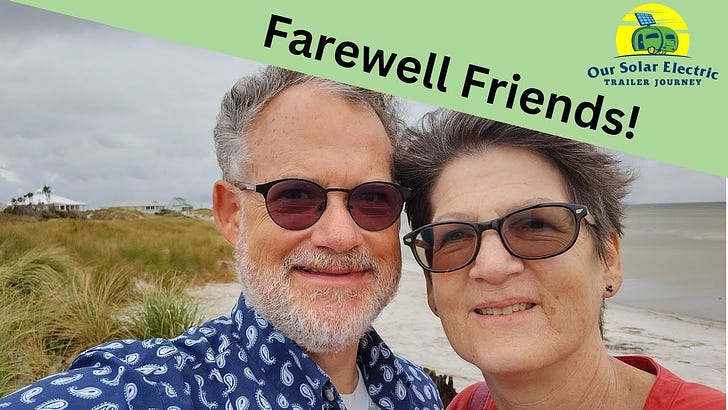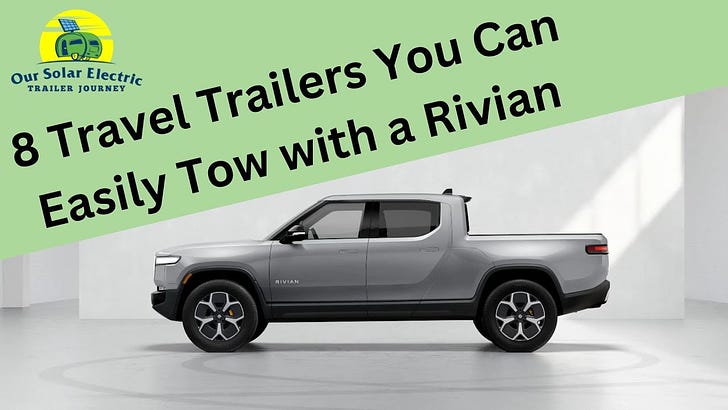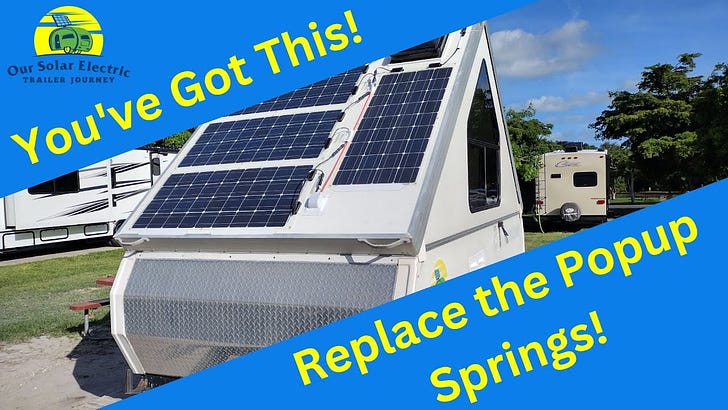Many worry about how to do a road trip in an electric vehicle, focusing on the time required to charge. We’re sharing a tip that will help you reduce the time you spend charging.
Our suggestion, simply put, is to charge more often for less time, cumulatively spending less time plugged in.
We recognize that, at first blush, this tip is a bit counter-intuitive. Hang with us to be sure you see how and when it may work for you.
The rate at which an EV battery charges slows as it fills. You can imagine electrons finding a spot in the battery operating like people finding seats in a theater.
When you walk into an empty theater, you instantly find a seat you like. By the time the theater is half full, you may discover aisle seats taken and have to wait for people clumped in the aisles to get to your seat. When the theater is nearly full, it may take a while to spot a seat, longer still to walk to it through crowded aisles and finally, you may have to scoot awkwardly past seated people in the row you choose to find a seat. It takes much longer as the theater fills.
We don’t understand the physics, but charging a battery seems to work similarly. Most EV batteries can only charge at their peak rate up to about half full, then charging begins to slow. By the time the battery is 80 percent full, the rate of charge typically drops by half—or more.
Even on the fastest chargers, our car won’t charge at a rate much faster than using our at-home charger plugged into a 120-volt outlet as its battery approaches 100 percent.
So, our strategy for a road trip is to charge frequently for less time at each stop. So, on a long day, we might charge three or four times when we could have charged just twice. In our Chevy Bolt, this makes for a faster trip.
The optimal strategy for you depends on several factors.
How fast your car charges. If your car charges at a peak rate above 100 kW and there are charges on your route that support charging at that rate, you may be unable to save enough time to justify an extra stop.
Whether your destination has a charger. If you need not only to charge to get to your destination but also around once you get there—say, at a National Park—you’ll need to be patient and keep charging.
Your route. If there are few chargers on your way, their location will determine when and how long you charge. This problem is disappearing quickly as states and companies leverage funds from the Bipartisan Infrastructure Bill to install chargers.
Your meal plans. If it is time for a meal and you want to get out of the car and relax, you can charge while eating. This approach makes perfect sense; we encourage this thinking. Still, extended meal charging won’t be the fastest way to reach your destination.
Don’t forget potty breaks. Devin likes to drink a Diet Coke virtually every leg of the journey, meaning he needs to make a pit stop every 60 to 90 minutes. The result is that we never stop just to charge. Despite a bias toward short, frequent sharing stops, we often stop between charging sessions.
Your intuition may suggest minimizing stops. That’s not bananas. Sometimes, that is the fastest way to get to your destination in an EV. But sometimes, more stops make for a quicker trip. Here’s the math.
If you need 40 kWh to finish your journey, you could get that in one or two stops. To get that much additional juice in our Bolt, we’d usually need about an hour of charging at a single stop. If we split that evenly between two stops, each one may be only about 20 minutes, for a total of 40 minutes of charging.
The difference is that two stops require 20 minutes less charging. If you have to stop anyway to use a restroom, you can save 20 minutes by stopping twice. If you wouldn’t have to stop the second time and stopping takes you 10 minutes getting on and off the freeway, you can still save 10 minutes by splitting the charging session in two.
Sometimes, this strategy will also save money. While Electrify America and other companies often bill you on a per kWh basis, in some places, regulations force them to bill by the minute. In those places, you save money by splitting your charge.
With our Bolt, we can add 20 kWh in about 20 minutes when the car is nearly empty. As it approaches 80 percent, charging takes twice as long. When paying on a per-minute basis, that means we’re paying twice as much per kWh.
To be clear, frequent, quick charging won’t always work to shorten the trip or save money. But sometimes it works!
Be careful to pair the strategy with caution. Be careful not to find yourself somewhere you can’t charge without any juice in the battery. When charging, you can typically check the status of the next charger you plan to use with an app. If it is out of service or in use, you may want to continue charging, so you have more options.
Please share your road trip tips in the comments. Together, we’ll find the best ways to enjoy EV road trips.















Share this post